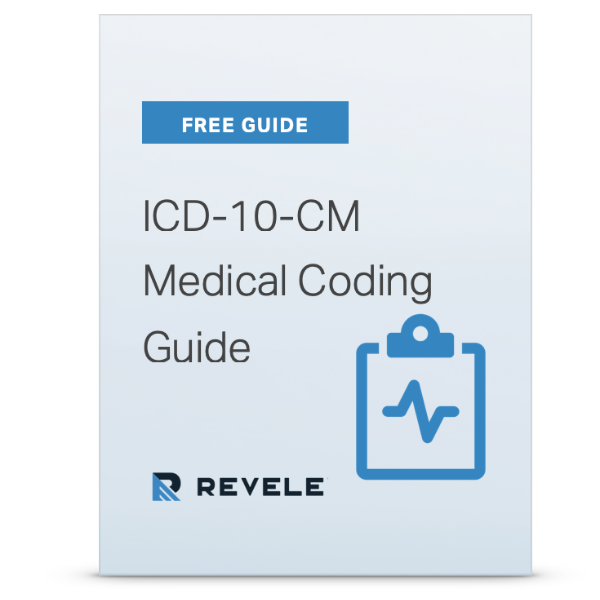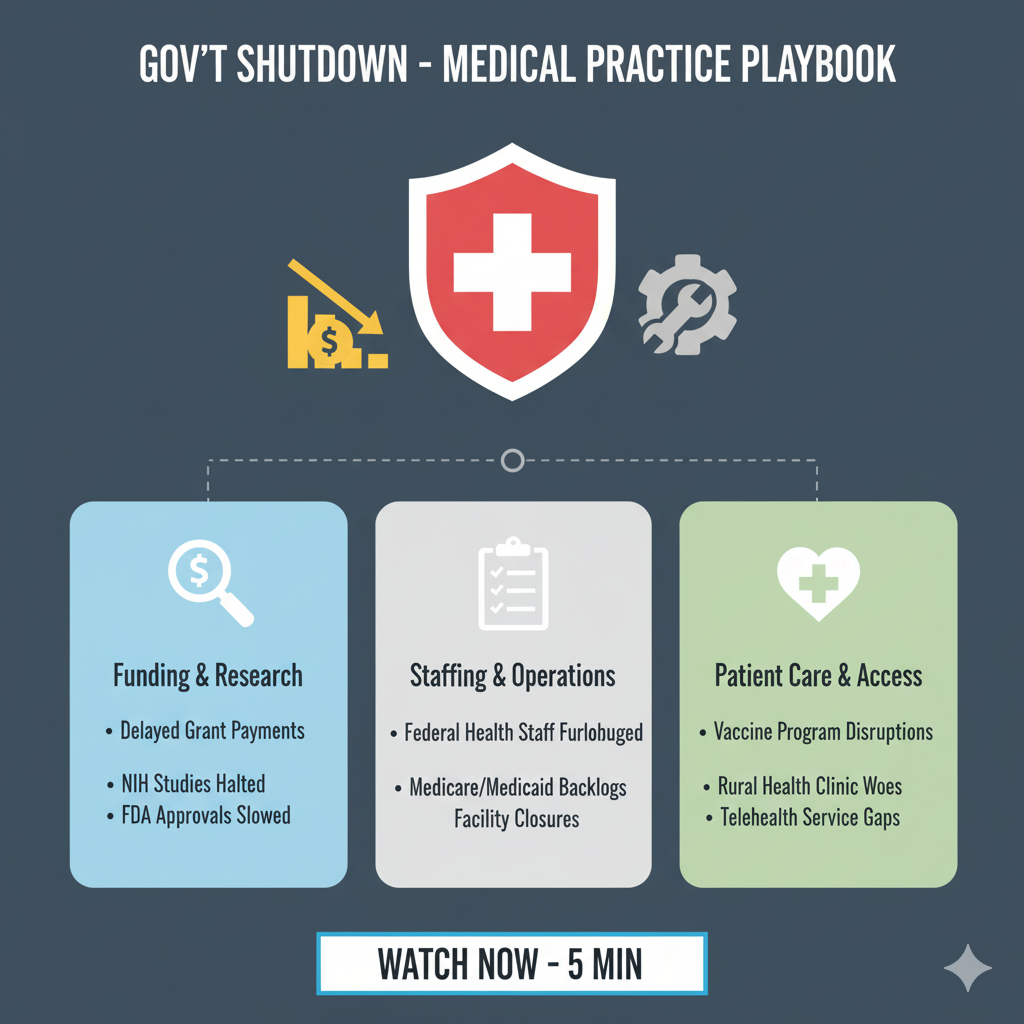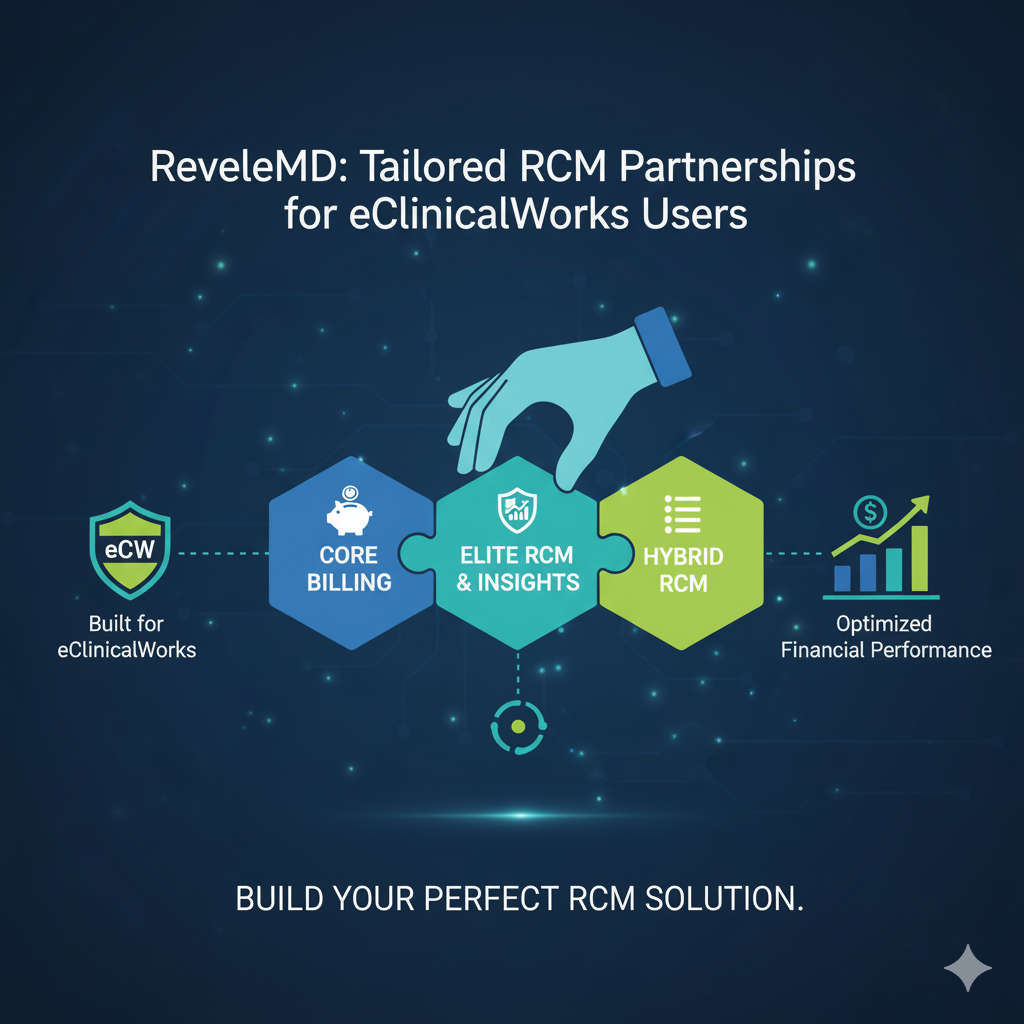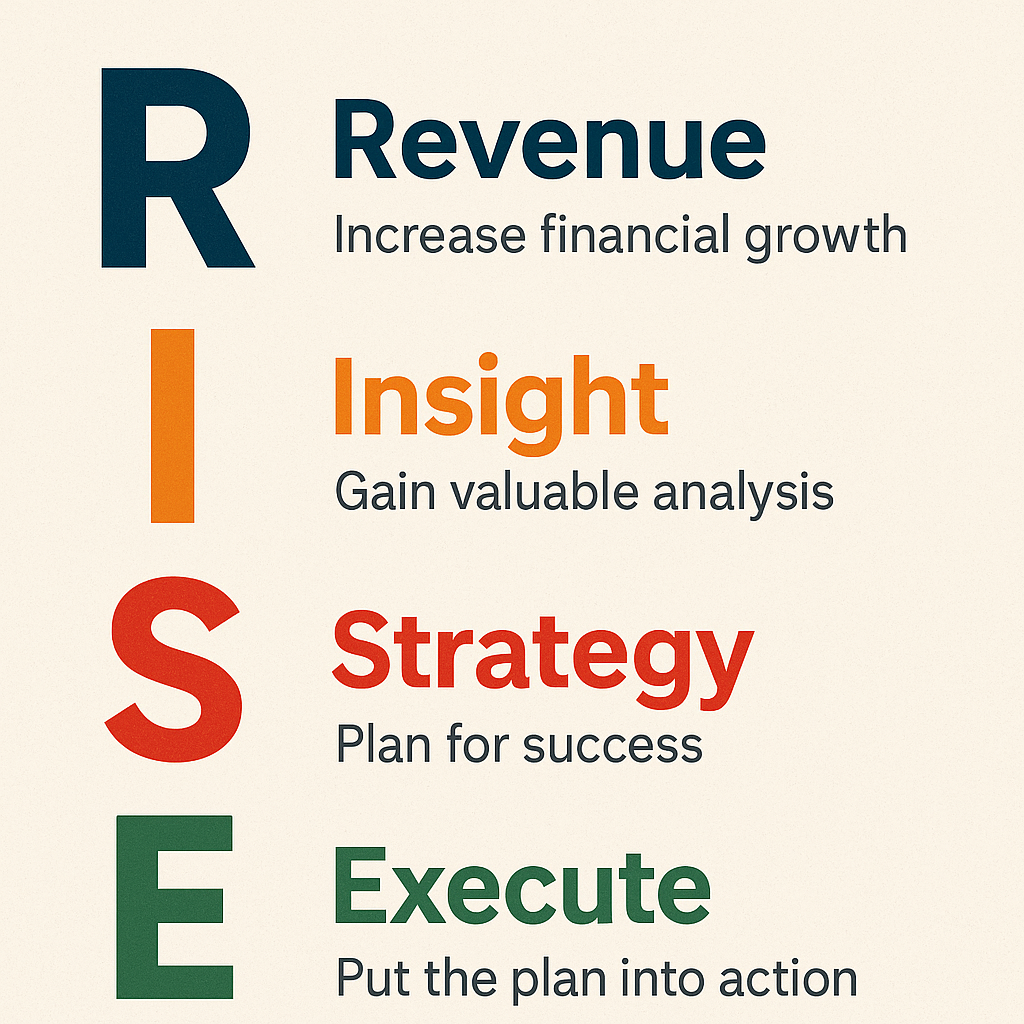Healthcare is rapidly changing, and healthcare organizations are under constant pressure to operate at maximum efficiency while maintaining revenue cycle integrity. The importance of knowing industry standards and comparing your RCM performance to those standards is crucial. It is essential because it will improve revenue cycle efficiency, identify industry trends, and see how to shift in the right direction if things are going wrong. The HFMA explains 29 industry-standard metrics known as MAP Keys or KPIs. The three categories of KPIs include accuracy, productivity, and reconciliation. KPIs can help lower compliance risk and ensure the accuracy of charges. Though these will vary depending on each specific facility's goals and needs, here are our top 10 KPIs.
- Point-of-Sale Service (POS) Cash Collections
- Clean Claim Rate
- Days in Total Discharged Not Billed
- Bad Debt
- Days in Accounts Receivable
- Late Charge as Percentage of Total Charges
- Cost to Collect
- Resolve Rate
- Cash Collection as a Percentage of Net Patient Service Revenue
- Net Collection Percentage
TO EXPLAIN EACH OF OUR TOP 10 KPIs:
POINT-OF-SERVICE (POS) CASH COLLECTIONS
This KPI can determine the effectiveness of your POS systems. It also tracks POS collection and relates to payment received before services rendered and up to seven days after. To find the KPI's value, divide the POS payments by the total self-pay cash collected.
Another reason this KPI is important is that it can help identify problems in the POS operations affecting RCM. According to a Nearterm expert, "decreased efficiency in up-front payments may lead to increased collections and revenue loss. Organizations with higher payments that require long-term payment options (greater than seven days average) may not benefit from this metric as much."
CLEAN CLAIM RATE
This KPI shows inefficiencies and problems in claim submitting and processing. Rejected claims take a significant amount of time to correct and might yield charges. The longer submitting claims and resolving the claims makes, the longer it takes to determine eligibility and get payments.
Though other KPIs relate to claims processing efficiency, the clean claim rate shows average perfect daily claims that pass instead of the total number of claims accepted.
DAYS IN TOTAL DISCHARGED NOT FINAL BILLED (DNFB)
Focusing on the claims-generation process is how the DNFB KPI determines revenue cycle performance. This metric will show the impact on cash flow because of claims inputting and includes issues related to delayed claims. Find the metric by dividing the total dollars in DNFB by the average daily gross patient service revenue. You can determine by the income statement and unbilled accounts receivable.
BAD DEBT
You can see the effectiveness of collection efforts through the Bad Debt value. Summarizing one of Revele's experts: it can also determine the effectiveness of pre-service financial counseling or similar programs. Note that this does not include lost debts. Inefficiency in previous revenue cycle areas (such as POS collections and financial counseling) is clear by a higher Bad Debt value. Find the value of this by dividing the income statement's Bad Debt by the gross patient service revenue over a set time.
DAYS IN ACCOUNTS RECEIVABLE (A/R)
The days spent in A/R reveal the average time to get paid for services. This value helps determine effectiveness in obtaining payment for services and how well the practice manages Account Receivables. To find this KPI, pull information from the balance sheet and income statement and then divide total A/R by the average daily net patient service revenue. Another way to find the average daily net patient service revenue is to divide total annual sales by 365.
LATE CHARGE AS PERCENTAGE OF TOTAL CHARGES
Late Charges are the percentage of total charges that measure revenue capture efficiency and identify opportunities to improve revenue capture. To identify opportunities to improve revenue capture, you must reduce unnecessary costs, enhance compliance, and speed up cash flow.
COST TO COLLECT
"Cost to collect is a trending performance indicator that measures efficiency and productivity." The HFMA definition for the cost to collect is: Total Revenue Cycle Cost / by Total Cash Collected. This definition can include either with or without IT costs.
RESOLVE RATE
This KPI explains the overall effectiveness of your RCM process from eligibility to coding and billing. To find this KPI, divide the total number of claims paid for a specific period by the total number of claims for a particular time. The higher the percentage, the better. If your rate is higher, that means your staff and the process are both sufficient. Look at credentialing eligibility verification, authorizations, and coding if your rate is low. Since providers spend 10-30 minutes and an average of $50 per rework claim, a flat rate affects both cash flow and staffing costs.
CASH COLLECTIONS AS A PERCENTAGE OF NET PATIENT SERVICE REVENUE
The HFMA stated that organizations could develop the KPI by dividing the total collected patient service cash, found on the balance sheet, by the average monthly net patient service revenue, which is on the income statement. Provider organizations should exclude some total collected patient service cash, including patient-related settlements and payments, such as safety-net, Direct Graduate Medical Education, Medicare pass-through, and Medicaid DSH payments.
NET COLLECTION PERCENTAGE
The net collection percentage measures success by collecting 'collectible' dollars. To find this value:
- Subtract the refunds from the total receipts.
- Remove the contractual adjustments from the total charges.
- From here, divide the first value by the second value. The net collection percentage can shift based on three factors: orders, payments, and adjustments.
If adjustments increase compared to payments and charges, the net collection percentage result will improve. It is crucial to confirm the staff is accurately posting adjustments and that accounts are not written off rather than collected or appealed.
ECLINICALWORKS SOLUTIONS
eCW Training, Optimization, & Support
Struggling to keep up with upgrades and implement new features? We can help.








